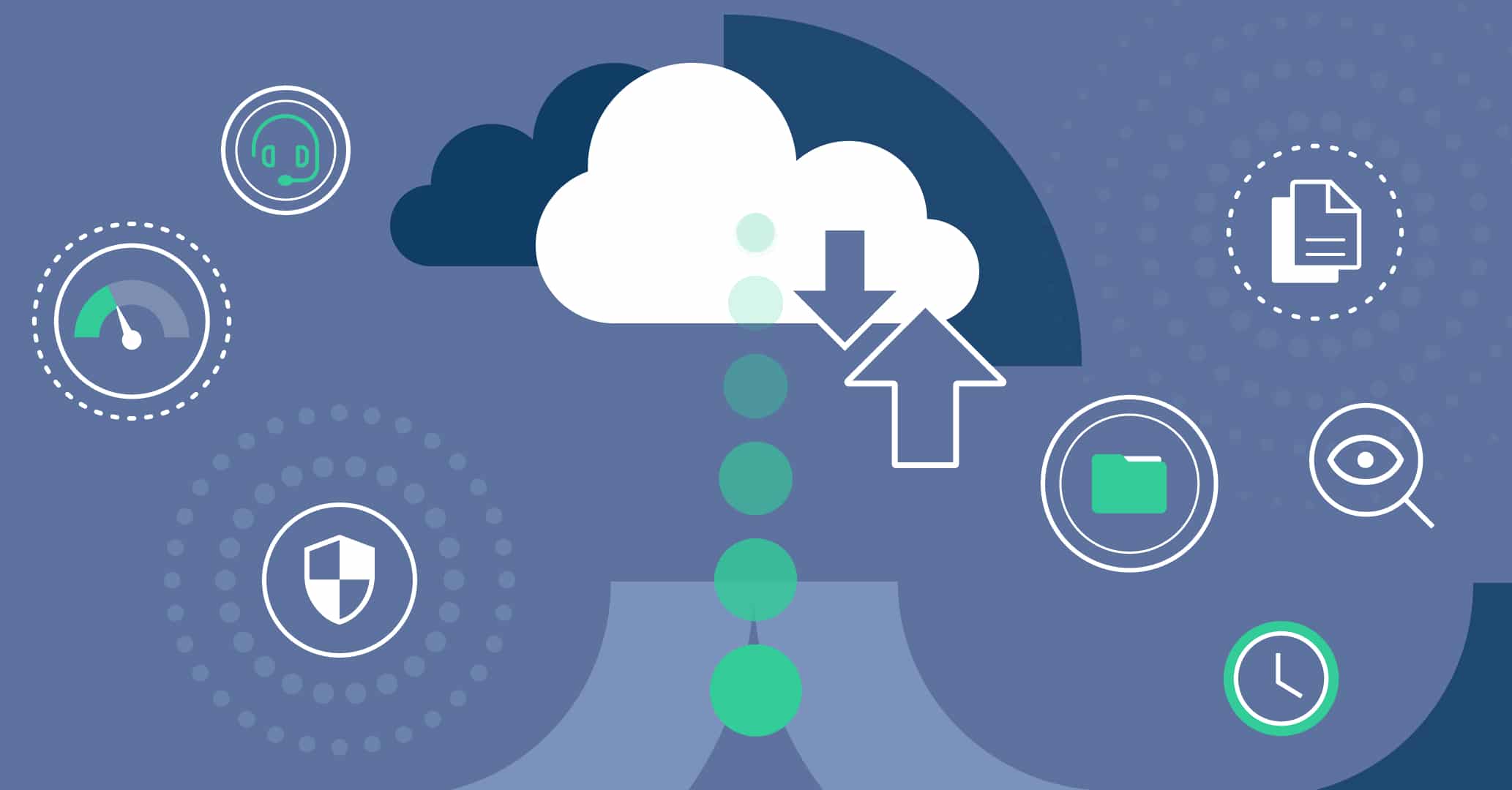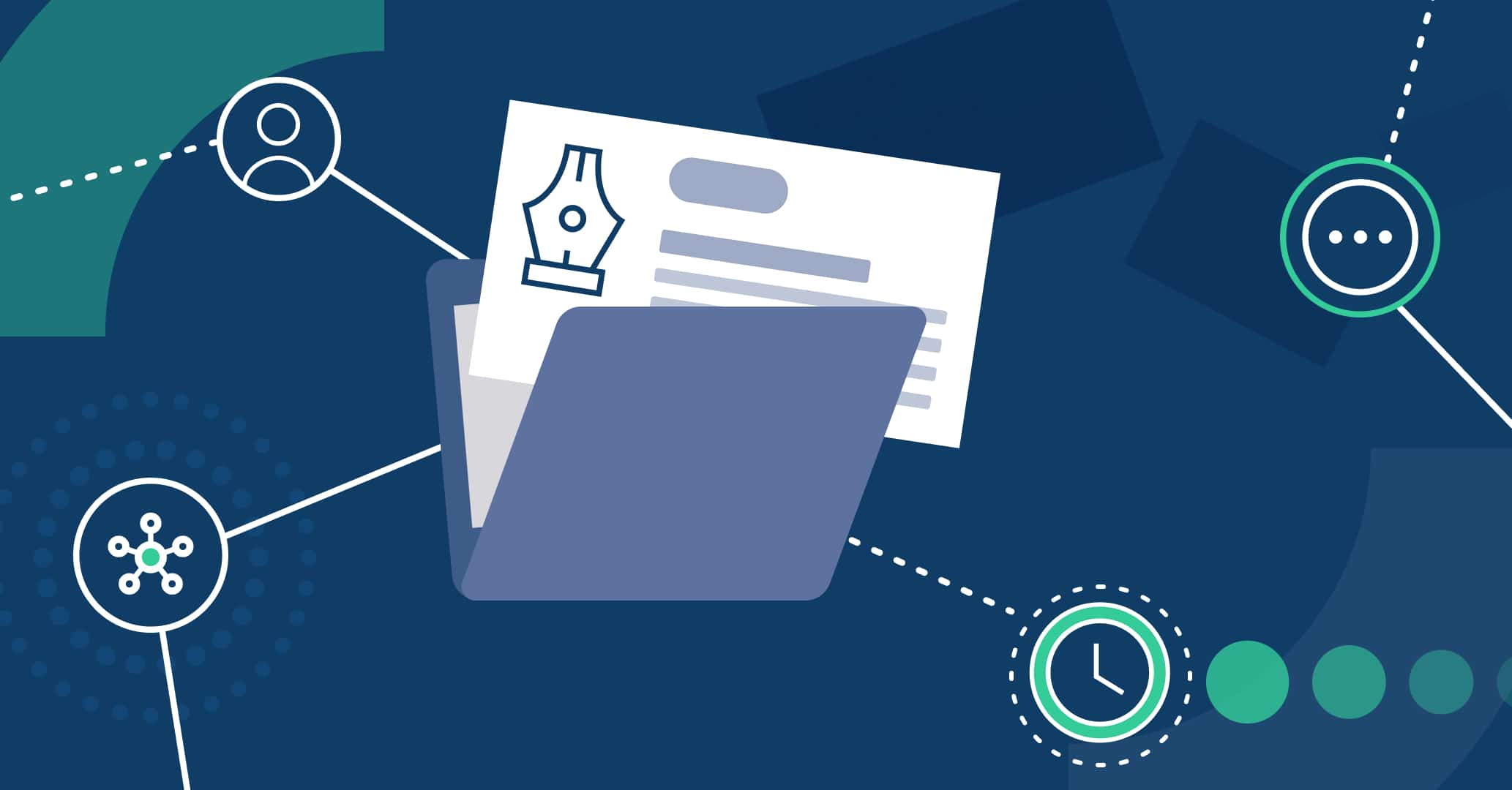- 1. Introduction
- 2. What is incident management?
- 3. Importance of an incident management system
- 4. ITIL and incident management
- 5. Key processes and methodologies in incident management
-
6.
The role of BPM tools to enhance incident management
- 6.1. 1. Create workflows of incident management processes
- 6.2. 2. Automate tasks and notifications
- 6.3. 3. Centralize incident management
- 6.4. 4. Effective collaboration and communication
- 6.5. 5. Align with processes and protocols of ITIL
- 6.6. Key advantages of integrating BPM tools with incident management
- 7. Wrapping Up
Introduction
Incident management optimization has become an important process in the business environment to manage service disruptions and minimize downtime. It helps to tackle and escalate issues timely before they become large-scale crises. Basically, it streamlines the process of taking user incidents from reported to the closed stage.
Considering the cruciality of incident management, there are now different standards available, like ITIL and ISO, for efficient incident management. These standards provide the best practices to restore services as quickly as possible and improve user satisfaction.
However, incident management is more complex than it seems. That’s where Business Process Management (BPM) tools play a game-changing role. A BPM tool can automate and streamline the incident management process, aligned with the processes and protocols established by ITIL or other standards. This helps improve visibility, traceability, and incident response time.
Therefore, this guide will talk in detail about incident management and how BPM tools can help optimize incident management.
What is incident management?
Incidents are events that reduce or disrupt the service quality for a single user or the entire business. So, incident management is a process/system of addressing incidents that are/can impact service and business operations.
Incident management is not about creating systems and technology, it aims to keep systems operational and online. The scope of incident management triggers when the user reports the issue and ends when the support team resolves and closes the ticket.
Typical incident management goes through the following stages:
- The user reports the incident.
- The incident is categorized and prioritized.
- The technicians diagnose and resolve the issue.
- The user validates the resolution, and the ticket is closed.
In short, the multistep incident management process is all about efficiently handling the issues and restoring the services as quickly as possible.
Importance of an incident management system
Considering the competitive business era, service outages can be very costly to businesses. That’s why an incident management system has become a necessity rather than a choice. Today, teams need a strategic system to prioritize and resolve incidents faster.
When teams have to tackle an incident, they need a process to:
- Respond quickly to the incident.
- Communicate properly with the users, stakeholders, and others.
- Collaborate actively to tackle obstacles and solve the incident.
- Learn and improve services to avoid such incidents in the future.
All of the above needs are fulfilled if an organization has a proper incident management system in place. Some of the main benefits of an incident management system are as follows:
1. Faster incident resolution
One of the main benefits and reasons for having an incident management system is faster incident resolution. It streamlines the whole incident process and increases the speed and quality of detection, reporting, prioritizing, managing, and resolving incidents. Overall, faster incident resolution helps maintain the agreed IT service level and quality availability.
2. Visibility and transparency
An incident response system makes the incident process visible and transparent. A ticketing system helps the user keep track of the ticket status while the teams are able to track the progress in real-time. This visibility and transparency are helpful in improving user satisfaction and resolving incidents timely.
3. Continuous improvement
An incident response system helps to log every minor to major incident, which later helps in improving systems and processes. This means the organization can make better decisions to improve service quality and minimize the risk of similar incidents in the future.
4. Encourage cross-training
The Incident management system also encourages cross-training between the development team and other teams. It increases collaboration across teams and helps junior employees learn more from real challenges and the expertise of seniors.
ITIL and incident management
ITIL (IT Infrastructure Library) is a framework of IT service management that provides the best practices to deliver IT services. Its main purpose is to provide a systematic approach to IT service management (ITSM).
Talking specifically about incident management in ITIL, it provides a comprehensive framework to handle incidents effectively. ITIL incident management (IM) is a reactive process that aims to restore services as quickly as possible after an incident.
The ITIL’s approach to incident management involves the following main activities:
- Identifying the incident
- Logging the incident
- Categorizing and prioritizing the incident according to urgency and impact
- Resolving the incident as quickly as possible by involving relevant teams
So, the ITIL approach to incident management involves the four major stages above. However, ITIL integrates incident management with other ITIL processes, including service desk operations, problem management, and change management. This is meant to ensure that the incident resolution aligns with the IT service objectives and goals.
For instance, ITIL problem management is about identifying the incident’s root cause and taking steps to prevent it from happening again. Therefore, ITIL incident management and problem management work collaboratively to have efficient and operational IT services.
Moreover, the evolution toward ITIL 4 further refines the approach. ITIL 4 is the latest ITIL framework to address technological advancements. It is expanding the scope of processes and introducing new concepts to provide an adaptable/holistic approach to IT service management.
Specifically, the Service Value System in ITIL 4 acknowledges the integration of incident management with service desk operations, problem management, and change management. In short, ITIL is one complete and effective framework for handling incident management.
Key processes and methodologies in incident management
There are multiple processes and methodologies involved in incident management. Below is the breakdown of all the key processes in incident management according to ITIL and other standards:
1. Incident identification
The incident management process starts with incident identification. When an incident occurs, the employees or customers can report the incident through the specified channel, like self-service, email, call, live chat, etc. Afterward, the service desk decides whether to consider the query as an incident or a request.
2. Incident logging
After the incident is identified, it gets logged into the service desk. The incident log (ticket) must contain the unique identification number for tracking, the user’s name and contact, the date and time of reporting, and the description of the incident. It is important to have a detailed log to let the problem management team better understand the incident and resolve it effectively.
3. Incident categorization
The next phase is to assign the right category and subcategory to the incident. Categorization is important as it helps identify patterns, reduce redundancies, and accelerate resolution. It also helps to easily prioritize incidents.
4. Incident prioritization
After categorization, the incident is prioritized. The IT team cannot work on all incidents at once. Similarly, some incidents need immediate action, such as system outages. Therefore, incidents are prioritized according to the pre-defined priority levels, like low-priority, medium-priority, and high-priority incidents. This way, the IT team can know what incidents to focus on, which leads to timely resolution.
5. Incident response
The most important process in incident management is the incident response or resolution. To better understand the workflow of this process, let’s divide it into four steps:
- Initial diagnosis: The service desk team usually carries out the initial diagnosis. For that, they may ask the employee or customer some questions to understand the root cause. Based on that, the service desk team may resolve the issue themselves or else transfer it to the relevant team.
- Incident transfer: If the service desk team cannot solve the incident, it is forwarded to the relevant team or higher management.
- Incident investigation: Once the incident reaches the relevant team, they begin a deeper investigation and diagnosis of the incident. They will identify the root cause and then the steps to resolve the issue.
- Incident resolution: As the last step, the team will take the measure to resolve the issue. The time it takes depends on the complexity of the issue.
This way, the incident is step-by-step taken from the diagnosis step to the final resolution.
6. Incident closure
Once the incident/issue is resolved, the ticket is sent back to the service desk. The service desk validates that the service is restored and documents all the essential details. Representative will also interact with the employee or customer to ensure they are satisfied with the resolution.
The role of BPM tools to enhance incident management
Incident management involves multiple processes, as evident from the above discussion. So, it can become overwhelming for organizations with bigger business operations. However, organizations can streamline and elevate incident management efficiency by integrating automation into those processes. This is where BPM tools come into action.
Business Process Management (BPM) tools are designed to help organizations design, execute, automate, and improve business processes. To understand how BPM tools can enhance incident management, let’s take the Qflow BPM tool as an example and see how it can automate/improve incident management:
1. Create workflows of incident management processes
Qflow BPM tool allows you to create workflows for all the incident management processes, such as incident identification, categorization, prioritization, resolution, and more. These workflows not only help to standardize incident management but also ensure efficient execution.
2. Automate tasks and notifications
Qflow BPM tool can automate certain manual activities. For instance, it can alert and assign the incident to the relevant team. Moreover, automated notifications can keep all the concerned parties informed about the current status of the incident.
3. Centralize incident management
Qflow BPM tool provides a centralized incident management system. This means it is a place where users can gain insight into current incidents and retrieve previous incident records and similar details.
4. Effective collaboration and communication
Qflow BPM tool also provides an effective place for teams to collaborate and communicate on incidents. For instance, if the incident requires the involvement of two different teams, they can easily share updates, information, and other insights within the BPM tool.
5. Align with processes and protocols of ITIL
The workflows in BPM tools are highly customizable. You can easily align them with processes and protocols established by ITIL or other standards.
Key advantages of integrating BPM tools with incident management
There are several benefits of integrating BPM with incident management. Some of the main ones include:
- It helps to standardize incident management and reduce the chances of errors.
- It increases productivity by automating repetitive tasks.
- It improves the visibility and traceability of the incident due to a centralized system.
- It increases the incident response time due to timely alerts, effective collaboration, and automated processes.
- It makes it easy to improve and scale incident management.
Overall, BPM tools, like Qflow, are the key to modernizing, automating, and streamlining incident management in today’s business environment.
Wrapping Up
A full-fledged incident management system is the key to ensuring timely incident resolution and enhanced service quality and availability. That’s why organizations of any size need to integrate incident management systems following the best practices listed by ITIL and other standards. Moreover, the competitive era also demands to have modernized and automated incident management, which is what BPM tools offer. Therefore, we will wrap up by recommending organizations to integrate or improve incident management and make the BPM tool the central hub for effective management.






